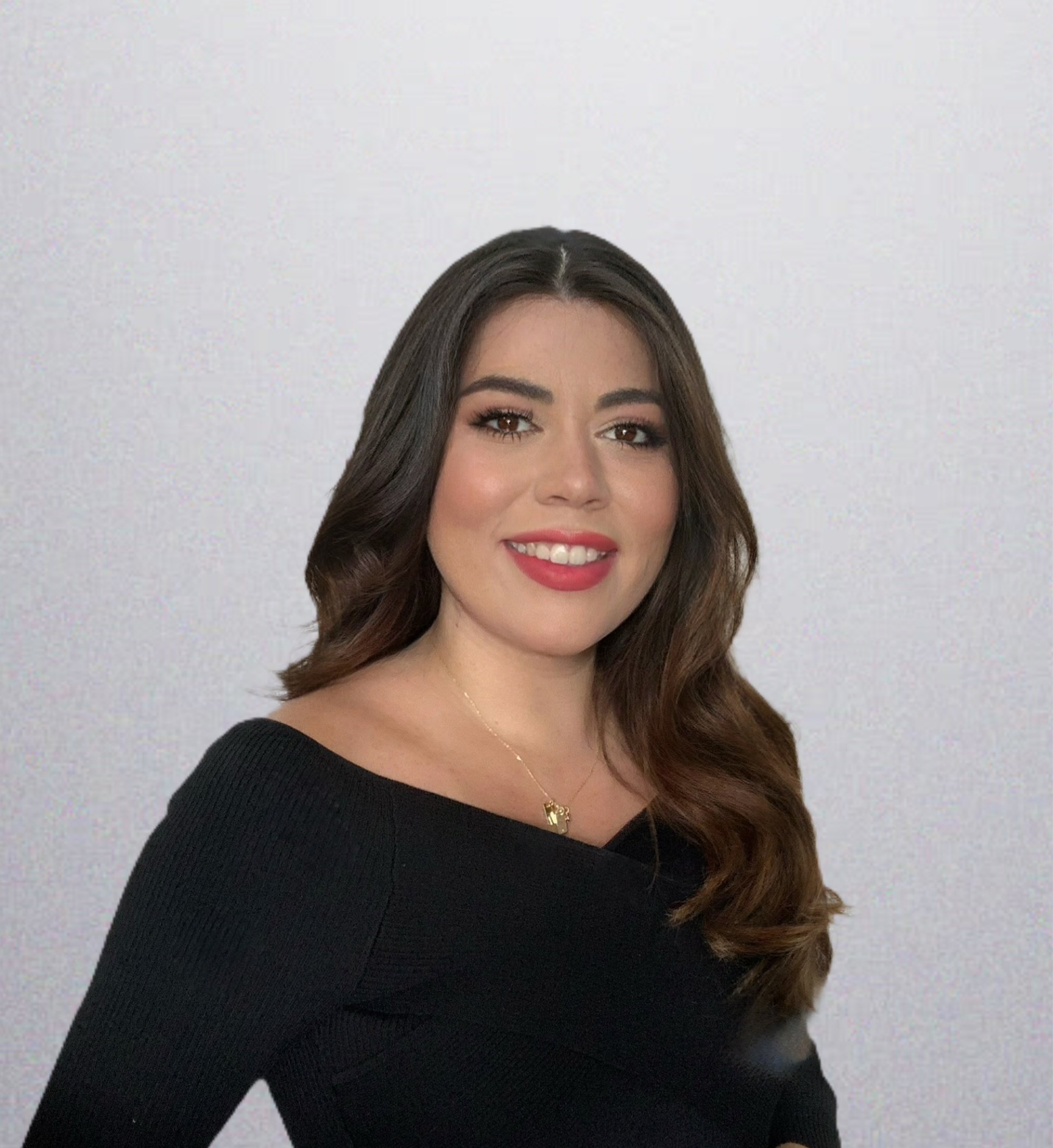Trump Admin. Kills Support for NYC Congestion Pricing: What It Means for You
The toll program enacted in January charges commuters $9 if they enter Manhattan’s lower district during peak hours.


President Donald Trump clawed back federal support for New York City’s controversial congestion pricing toll program, driving the city’s funding agenda for its mass transit system into doubt.
As Kiplinger reported, the program was implemented last month and charges commuters a new toll of $9 to enter Manhattan’s Central Business District south of 60th Street. Overall, it was projected to provide $15 billion in funding for the city’s transit system and alleviate congestion.
The U.S. Department of Transportation withdrew its approval for the program on Feb. 19, informing NY Gov. Kathy Hochul of the decision in a letter penned by the newly minted DOT Secretary Sean Duffy.
From just $107.88 $24.99 for Kiplinger Personal Finance
Become a smarter, better informed investor. Subscribe from just $107.88 $24.99, plus get up to 4 Special Issues

Sign up for Kiplinger’s Free Newsletters
Profit and prosper with the best of expert advice on investing, taxes, retirement, personal finance and more - straight to your e-mail.
Profit and prosper with the best of expert advice - straight to your e-mail.
In the released statement, Duffy characterized the congestion program as a “slap in the face to working-class Americans and small business owners” as the daily tolls place an additional financial burden on commuters.
“I do not believe that this is a fair deal,” added Duffy.
The congestion pricing program was approved in November under the Biden administration. It kicked off on Jan. 5, 2025, despite facing opposition and multiple lawsuits—including one from neighboring New Jersey Gov. Phil Murphy.
Trump boasted about his decision to roll back the toll in a Truth Social post.
“CONGESTION PRICING IS DEAD," wrote President Trump. "Manhattan, and all of New York, is SAVED. LONG LIVE THE KING!”
In response, Hochul released a statement. indicating that New York's Metropolitan Transit System (MTA) was prepared to contest his decision.
“We are a nation of laws, not ruled by a king. The MTA has initiated legal proceedings in the Southern District of New York to preserve this critical program," Hochul said. "We’ll see you in court.”
The dispute is raising questions not just about congestion pricing but also about federal intervention in state affairs. What does this mean for commuters into NYC?
New York's congestion pricing goes to court
New York’s MTA chair and CEO Janno Lieber said the agency filed legal proceedings in federal court in response to DOT’s letter.
Lieber noted that the program has so far “dramatically reduced congestion” and that it would continue notwithstanding the federal government’s “baseless effort” to roll back the benefits from mass transit users in Manhattan’s lower district.
“It’s mystifying that after four years and 4,000 pages of federally-supervised environmental review and barely three months after giving final approval to the Congestion Relief Program - USDOT would seek to reverse course,” Lieber said in a press statement.
It is important to note that the Trump administration's intervention is igniting debate about states' rights and federal overreach.
One argument is that the federal government can't control a state-managed traffic system and that doing so infringes on state sovereignty. That concern will likely be central to upcoming legal challenges.
Is congestion pricing working?
Although congestion pricing was enacted in early January, early data revealed that congestion levels have lowered. Some drivers have been entering the congestion zone before 5 a.m., to avoid the peak period toll of $9.
- About 2,300 vehicles entered the city during each 10-minute window from 4:40 a.m. to 5:00 a.m.
- That volume dropped to about 1,800 vehicles from 5:00 a.m. to 5:20 a.m.
As reported by Kiplinger, those commuting during MTA’s peak hours (5 a.m. to 9 p.m. on weekdays and 9 a.m. to 9 p.m. on weekends) face higher tolls.
Meanwhile, overnight tolls are 75% cheaper. Those tolls can be as low as $2.25 for normal commuters. Likewise, motorcyclists are charged $6.75 during peak hours and $1.65 overnight.
What’s next for congestion pricing in NYC
Whether the congestion pricing toll program will stick remains to be seen with the Trump administration’s latest push to end the tax.
While congestion pricing would reduce the gridlock in downtown Manhattan, funds drawn from the tolls were slated to expand bus service to outer borough residents, invest in the Long Island Rail Road (LIRR), and improve elevator service for seniors and folks with disabilities.
It also aimed to extend the Second Avenue Subway and build an Interborough express between Brooklyn and Queens.
Without congestion pricing in place, New Yorkers could face higher taxes. The revenue to support the MTA’s improvements has to come from somewhere, and state lawmakers have already cited concerns that congestion pricing wouldn’t be enough.
Stay tuned as this is a developing story that may impact your daily commute in New York.
Related Content:
- More Taxes Could Slam New Yorkers Over MTA Budget Shortfall
- NYC Congestion Pricing: ‘Ghost Tax’ or Necessary Fee?
- 10 States With The Lowest Gas Tax
Profit and prosper with the best of Kiplinger's advice on investing, taxes, retirement, personal finance and much more. Delivered daily. Enter your email in the box and click Sign Me Up.

Gabriella Cruz-Martínez is a finance journalist with 8 years of experience covering consumer debt, economic policy, and tax.
Gabriella’s work has also appeared in Yahoo Finance, Money Magazine, The Hyde Park Herald, and the Journal Gazette & Times-Courier.
As a reporter and journalist, she enjoys writing stories that empower people from diverse backgrounds about their finances, no matter their stage in life.
-
 Gold and Silver Shine as Stocks Chop: Stock Market Today
Gold and Silver Shine as Stocks Chop: Stock Market TodayStocks struggled in Friday's low-volume session, but the losses weren't enough to put the Santa Claus Rally at risk.
-
 Don't Wait Until January: Your Year-End Health Checklist to Kickstart 2026
Don't Wait Until January: Your Year-End Health Checklist to Kickstart 2026Skip the fleeting resolutions and start the new year with a proactive plan to optimize your longevity, cognitive health, and social vitality.
-
 Premium Rewards Cards: More Perks, Higher Fees
Premium Rewards Cards: More Perks, Higher FeesSome issuers are hiking the annual fee on their flagship luxury credit cards by hundreds of dollars. Are they still worth using?
-
 Retirees in These 7 States Could Pay Less Property Taxes Next Year
Retirees in These 7 States Could Pay Less Property Taxes Next YearState Taxes Retirement property tax bills could be up to 65% cheaper for some older adults in 2026. Do you qualify?
-
 Estate Tax Quiz: Can You Pass the Test on the 40% Federal Rate?
Estate Tax Quiz: Can You Pass the Test on the 40% Federal Rate?Quiz How well do you know the new 2026 IRS rules for wealth transfer and the specific tax brackets that affect your heirs? Let's find out!
-
 'The 'Mamdani Effect' in New York: Can the City Afford a Millionaire Tax?
'The 'Mamdani Effect' in New York: Can the City Afford a Millionaire Tax?State Tax Will higher income taxes drive the wealthy to flee New York in 2026?
-
 Law Reversal Looming? Trump Eyes 2026 Gambling Winnings Tax Change
Law Reversal Looming? Trump Eyes 2026 Gambling Winnings Tax ChangeTax Deductions It's no secret that the IRS is coming after your gambling winnings in 2026. But how long will that last?
-
 Trump's Plan to Eliminate Income Tax: 7 Things to Know Now
Trump's Plan to Eliminate Income Tax: 7 Things to Know NowTax Policy The potential consequences of eliminating taxes in favor of Trump tariffs could impact everything from inflation to Social Security and might give some U.S. taxpayers pause.
-
 5 Types of Gifts the IRS Won’t Tax: Even If They’re Big
5 Types of Gifts the IRS Won’t Tax: Even If They’re BigGift Tax Several categories of gifts don’t count toward annual gift tax limits. Here's what you need to know.
-
 The 'Scrooge' Strategy: How to Turn Your Old Junk Into a Tax Deduction
The 'Scrooge' Strategy: How to Turn Your Old Junk Into a Tax DeductionTax Deductions We break down the IRS rules for non-cash charitable contributions. Plus, here's a handy checklist before you donate to charity this year.
-
 IRS Says You Made a Tax Return Mistake? A New Law Could Help You Fight Back
IRS Says You Made a Tax Return Mistake? A New Law Could Help You Fight BackTax Law Updated taxpayer protections change what the IRS must explain on error notices and how long you have to respond.